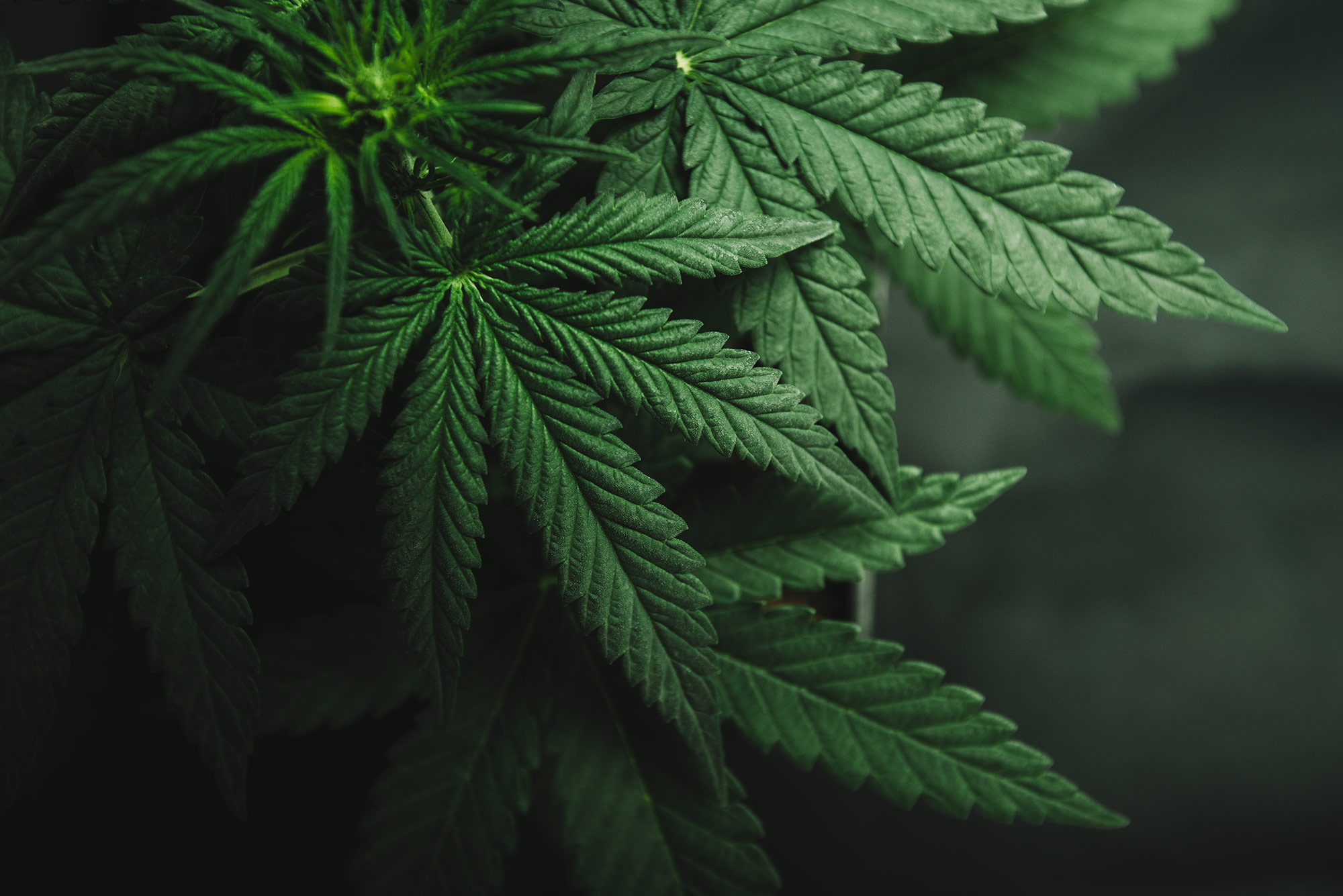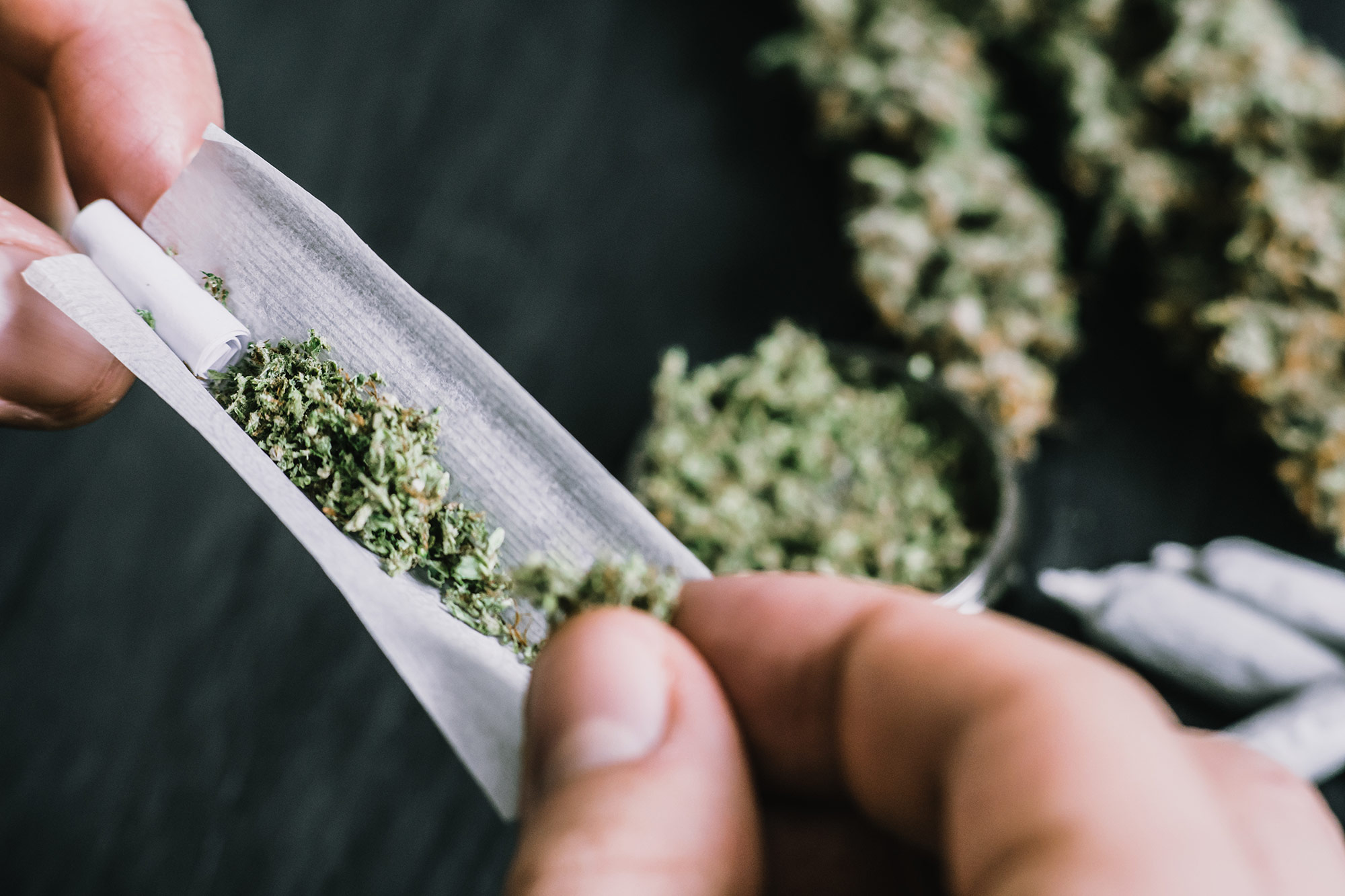Troubleshooting Common Mistakes in Marijuana Growing
Marijuana growing has become increasingly popular in recent years, with more and more people looking to grow their own plants for medicinal or recreational use. However, growing marijuana can be a complex process that requires careful attention and patience. One of the biggest challenges that new growers face is troubleshooting common mistakes that can harm their plants and reduce their yield. In this post, we’ll explore some of the most common mistakes that new growers make and provide tips for how troubleshooting and addressing them.

Common Mistakes in Marijuana Growing
Growing marijuana requires a lot of knowledge and attention to detail, and new growers are often prone to making mistakes. Some of the most common mistakes include:
- Overwatering
- Underwatering
- Nutrient burn
- pH imbalance
- Pest infestations
- Mold and mildew
- Light burn
- Incorrect harvest timing
These mistakes can have serious consequences for plant health and yield, so it’s important to know how to recognize and address them.
Problem: Overwatering
Overwatering is a common mistake that new growers make. When plants are overwatered, they can develop root rot, which can lead to stunted growth, yellow leaves, and a weakened immune system. To prevent overwatering, it’s important to water plants only when the top inch of soil is dry. If you’ve already overwatered your plants, you can try reducing watering frequency and improving soil drainage to prevent further damage.
Problem: Underwatering
Underwatering can also harm plants and reduce their yield. When plants are underwatered, they can become dehydrated and wilted, and may produce smaller buds. To prevent underwatering, it’s important to water plants regularly and monitor soil moisture levels. If you’ve already underwatered your plants, you can try increasing watering frequency and adding a layer of mulch to help retain moisture.

Problem: Nutrient Burn
Nutrient burn occurs when plants are over-fertilized and can result in leaf burn and discoloration. To prevent a nutrient burn, it’s important to follow a feeding schedule and not exceed recommended nutrient levels. If you’ve already caused the nutrient burn, you can flush your plants with plain water to remove excess nutrients.
Problem: pH Imbalance
pH imbalance can affect plant growth and nutrient absorption. To prevent pH imbalance, it’s important to regularly test soil pH levels and adjust as needed using pH adjusters. If you’ve already caused pH imbalance, you can try adjusting soil pH levels with pH adjusters or by adding organic matter to the soil.
Problem: Pest Infestations
Pest infestations can harm plants and reduce their yield. Common pests that can infest marijuana plants include spider mites, aphids, and whiteflies. To prevent pest infestations, it’s important to regularly inspect plants for signs of pests and use natural or chemical pest control methods as needed.
Problem: Mold and Mildew
Mold and mildew can develop in humid conditions and harm plants. To prevent mold and mildew, it’s important to maintain good air circulation and humidity levels. If you’ve already caused mold or mildew, you can remove affected leaves and improve ventilation to prevent further growth.
Problem: Light Burn
Too much light can also harm plants and cause a light burn. Symptoms of light burn include yellow leaves, brown spots, and stunted growth. To prevent a light burn, it’s important to monitor light intensity and adjust as needed. If you’ve already caused the light burn, you can try reducing light intensity and increasing the distance between the plants and the light source.
Problem: Incorrect Harvest Timing
Harvesting at the wrong time can also harm plants and reduce yield. To determine the optimal harvest.
Soil Issues
Over-fertilization
Over-fertilization can cause nutrient burn in plants, which can lead to discoloration of leaves and stunted growth. To avoid this problem, always follow the instructions on the fertilizer package and do not overapply. If you suspect over-fertilization, flush the soil with water to help remove excess nutrients.
Under-fertilization
Under-fertilization can also lead to nutrient deficiencies, which can cause stunted growth and poor yields. To prevent this issue, make sure to fertilize your plants regularly with a balanced fertilizer that contains the necessary nutrients.
Soil pH
The pH level of the soil is also important for healthy plant growth. If the pH level is too high or too low, plants may not be able to absorb nutrients properly, which can lead to stunted growth and other issues. Use a pH meter or test kit to check the soil pH regularly and adjust it as needed with the appropriate amendments.
Pest and Disease Issues
Spider Mites
Spider mites are a common pest in marijuana plants that can cause significant damage if not treated promptly. Look for small yellow or white specks on the leaves and use a spider mite treatment such as neem oil to get rid of them.
Powdery Mildew
Powdery mildew is a fungal disease that can be identified by the white or greyish powder-like substance on leaves, stems, and buds. Prevent powdery mildew by maintaining good air circulation and humidity levels, and using a fungicide if necessary.
Bud Rot
Bud rot is a fungal disease that can cause the buds to rot from the inside out, leading to poor yields and a loss of potency. Prevent bud rot by ensuring proper air circulation, avoiding overwatering, and inspecting plants regularly for signs of infection.

